There are places in the automotive world where time seems to stand still - where craftsmanship, history and passion are still more important than robots and production volumes. One such place is the Morgan Motor Company in Malvern, England. This summer, the day before I travelled to GoodWood Festival of Speed, I visited the factory for the first time in over thirty years. The last time I was here was with my father, Bengt Ason Holm, when he wrote and photographed the book series Cars Collection and Famous Car Factories - that he produced in the eighties. Returning here was more than a reportage for me - it was a journey back to the roots, both in automotive history and in my own.








Photo: Bengt Ason Holm
When you step through the gates of Morgan's historic factory, you're not greeted by the hum of robotic arms or sterile production lines. Instead, you hear the sound of wood being shaped, aluminium being hammered and leather being stretched over handmade chairs. Almost everything is built by hand, just as it was over a century ago. It is living proof that tradition and innovation can indeed coexist.


Two pictures of the same machine. 35 years between the pictures.
Morgan Motor Company was founded in 1909 by H.F.S. Morgan in the small town of Malvern Link. The first car was a three-wheeled design, known as the Runabout, which quickly became popular for its combination of light weight and sporty feel. Over the following decades, Morgan grew to become one of the UK's most distinctive sports car manufacturers - stubborn in its philosophy of building cars in its own way, independent of trends and corporations.


On this particular day, I had also booked in to take two cars out for a test drive and photo shoot. One of them was the three-wheeled Super 3, the other a Plus Four. More about the cars later in the article.
What really sets Morgan apart is the ash wood chassis - a tradition that has survived into the modern era. Each car is built to order, with each customer able to influence the materials, colours and details. In the 1950s and 60s, models like the Plus 4 and Plus 8 became symbols of a time when driving pleasure and craftsmanship took centre stage. Despite the radical changes in the world around it, Morgan has managed to retain its soul - making a visit here a unique experience.






Walking through the workshops this summer, I was struck by how much has remained the same since I was here with my father in the late eighties. The same smell of wood, the same British meticulousness and the same sense of pride in those who work here. Much has been modernised, but the spirit is the same. These are still cars built with the heart - not for the masses, but for the individual.


Since I was here with my father, only two things have really changed. The factory is a bit cleaner, and the pin-up posters on the walls are gone. Other than that, it's pretty much exactly the same as the last time I was here.
On the day in question, I had been promised to take two Morgan cars out for a test drive: Super 3 and Plus Four. Unfortunately, the Supersport model was not available, but I have been promised by British Auto here in Sweden, which is a Morgan distributor, to try a Supersport in the spring of next year.

Morgan Super 3
After the factory tour, I started by test driving the Super 3. After my motorbike accident, I have slightly reduced reaction and muscle control on the left side of my body. Today, driving on the left side of the road is no problem, but shifting gears with my left hand in a car with a manual gearbox is not something I would choose for everyday use. This day, however, was anything but everyday - and it soon became apparent that the gearbox in the Super 3, taken from the Mazda MX-5, is a joy to handle.

After just a short time behind the wheel, the smile is there - wide and honest. The Morgan Super 3 is a car that delivers driving pleasure in its purest form. You don't have to drive fast to feel the sensation of speed; the small, open car conveys the road in a way like nothing else I've driven. Watching the front wheels move in front of you and knowing there is only a single rear wheel behind your back makes the experience both intense and unique.




The Super 3 is a fascinating combination of past and future - a car built with craftsmanship, emotion and heart rather than algorithms and computers. Beneath the handcrafted aluminium body is an all-new aluminium monocoque chassis, the most advanced Morgan has ever built. With a kerb weight of just 635 kilograms, every horsepower from the tiny three-cylinder 1.5-litre Ford engine is turned into pure energy. 118 horsepower and 150 Newton metres may sound modest on paper, but in the Super 3 it feels like double that.


Power is channelled through a five-speed manual gearbox to a single rear wheel - a solution that both brings smiles and demands respect. The balance, steering feel and sound of the engine in front of me create an experience unlike anything else I've experienced on four - or rather three - wheels. 0-100 km/h takes around seven seconds and the top speed is around 210 km/h, but the numbers are not really important. This isn't about performance - it's about the feeling. About driving something genuine, analogue and alive. Just like Morgan has always done.
During my visit to the Morgan factory in Malvern, I also had the opportunity to see something quite unique - the exclusive Morgan Midsummer. It's a model that will only be built in 50 pieces and marks a new and exciting step for the venerable British brand. The Midsummer is the result of a collaboration between Morgan and Italy's Pininfarina, a combination that combines British craftsmanship with Italian design sensibilities in a way that feels both natural and bold.

The shape is classic Morgan - long bonnet, short stern and open roof - but the proportions are more modern and the lines more sculpted. The interior is a work of art in itself, with beautiful wood panelling that follows the shape of the body and exclusive material choices that give an almost boat-like feel. Under the bonnet is the same six-cylinder BMW engine as in the Plus Six, ensuring that the performance matches the elegant exterior. The Midsummer clearly shows that Morgan is not just preserving its heritage - it is refining it for the future.

Morgan Plus Four
After the Morgan Super 3, it was time for the Plus Four - it doesn't get more classic Morgan than that. This version was introduced in March 2020, replacing the Plus 4, which to the untrained eye looks almost identical. The Plus 4 has been built since the 1950s, but the new Plus Four is based on the modern aluminium CX platform - a major technical modernisation compared to the steel tube frame of the 1950s. Design-wise, Morgan has deliberately chosen to keep the classic design language, which means that even my father would have easily recognised it, even though more than thirty-five years have passed.

Behind the classic design, however, lies a completely new car. The Morgan Plus Four is built on the company's modern aluminium platform, a lightweight but extremely torsionally stiff construction that offers both greater comfort and precision. Under the long bonnet sits BMW's four-cylinder 2.0-litre turbo engine, the same as in BMW Z4, with 258 horsepower and up to 400 Newton metres in the automatic version. Weighing just over one tonne, it can do 0-100 km/h in just 4.8 seconds. Power goes to the rear wheels via either a six-speed manual gearbox or an eight-speed automatic from ZF - the car I drove had the automatic.




The suspension has double A-arms all round, and the brakes are heavily upgraded to match the performance. The result is a car that retains the soul of the Morgan - hand-built, analogue and timeless - but which finally runs, steers and brakes like a modern sports car. A meeting of craft tradition and engineering at its most British. My father would have recognised the difference - but loved it.
Taking the Morgan Plus Four for a spin straight after the Super 3 was really like going from night to day - but in a positive way. I've never driven a Plus 4, but you only need to read about the modernisation to understand how big the difference is. Driving a Plus Four feels modern, but in a classic way. From the driver's seat you can't see that the engine is from BMW, but the gear selector reveals it immediately. It's taken straight from BMW's own cars - easily recognisable to me, having driven so many. And it works perfectly.


The ride in the Morgan Plus Four is both comfortable and sporty, with a character that feels timeless. You simply feel good behind the wheel of a Morgan Plus Four.
The day, the visit and the test drives at the Morgan Motor Company in Malvern exceeded all expectations. To follow in my father's footsteps this far behind him and relive what I experienced as a child some thirty-five years ago was very emotional. I really admire what the Morgan Motor Company has achieved - and how they have managed to keep their soul in an age where most things are mass-produced. I'm really looking forward to test driving their Supersport next year at British Auto in Gothenburg.

Morgan Super 3
Price: From around GBP 75 000
Engine: 1.5-litre three-cylinder petrol engine from Ford
Power: 118 hp / 150 Nm
Drivetrain: Five-speed manual, rear-wheel drive (one rear wheel)
Acceleration (0-100 km/h): about 7.0 seconds
Top speed: about 210 km/h
Chassis: All-aluminium monocoque
Service weight: 635 kg
Dimensions (length/width/height): 3 580 / 1 850 / 1 130 mm

Morgan Plus Four
Engine: 2.0-litre four-cylinder turbo engine (BMW)
Power: 258 hp / 400 Nm (automatic)
Drivetrain: Rear-wheel drive, 8-speed automatic or 6-speed manual
Acceleration (0-100 km/h): 4.8 seconds
Top speed: 240 km/h
Chassis: CX aluminium platform
Service weight: approx. 1 009 kg
Dimensions (length/width/height): 3830 / 1650 / 1250 mm
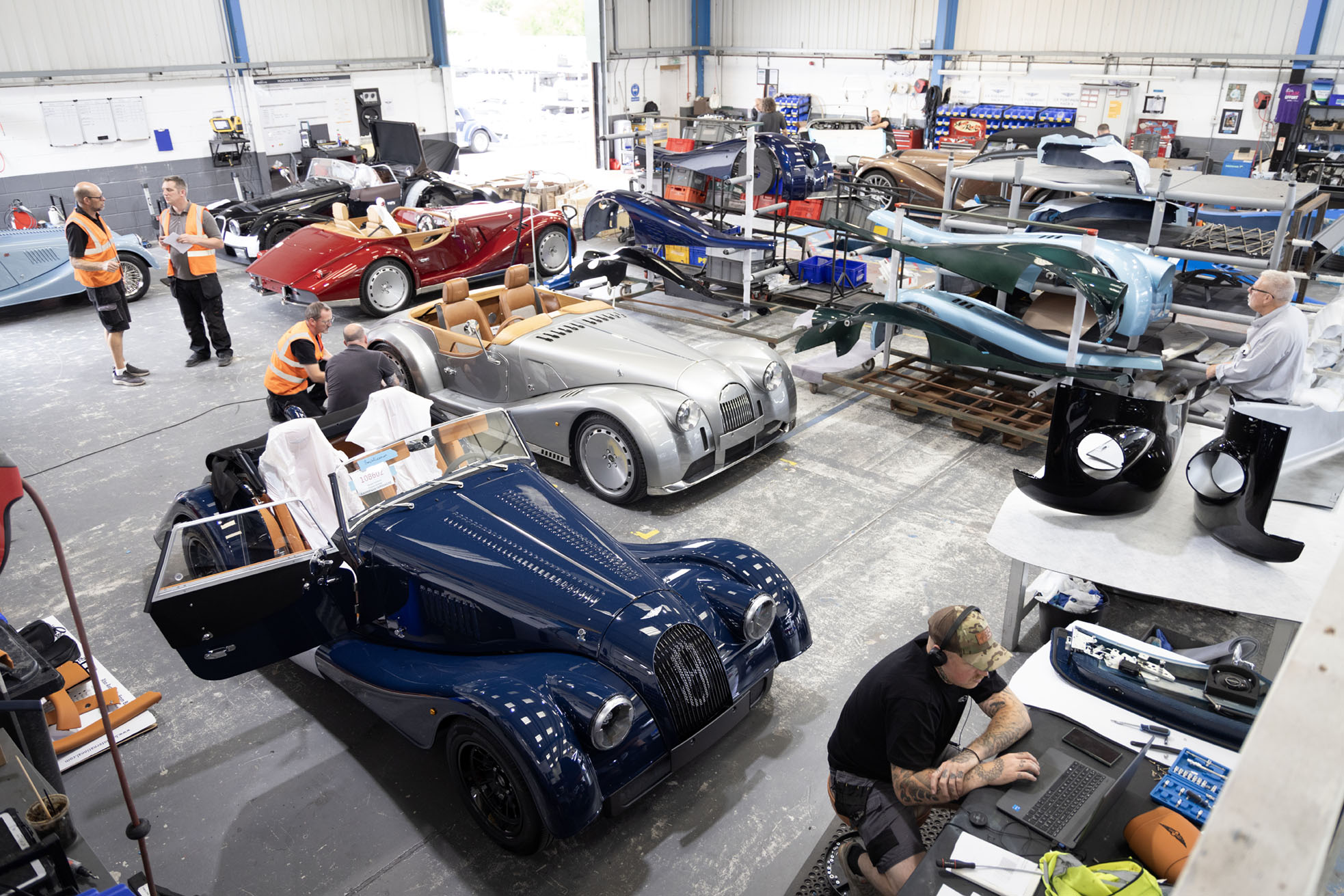
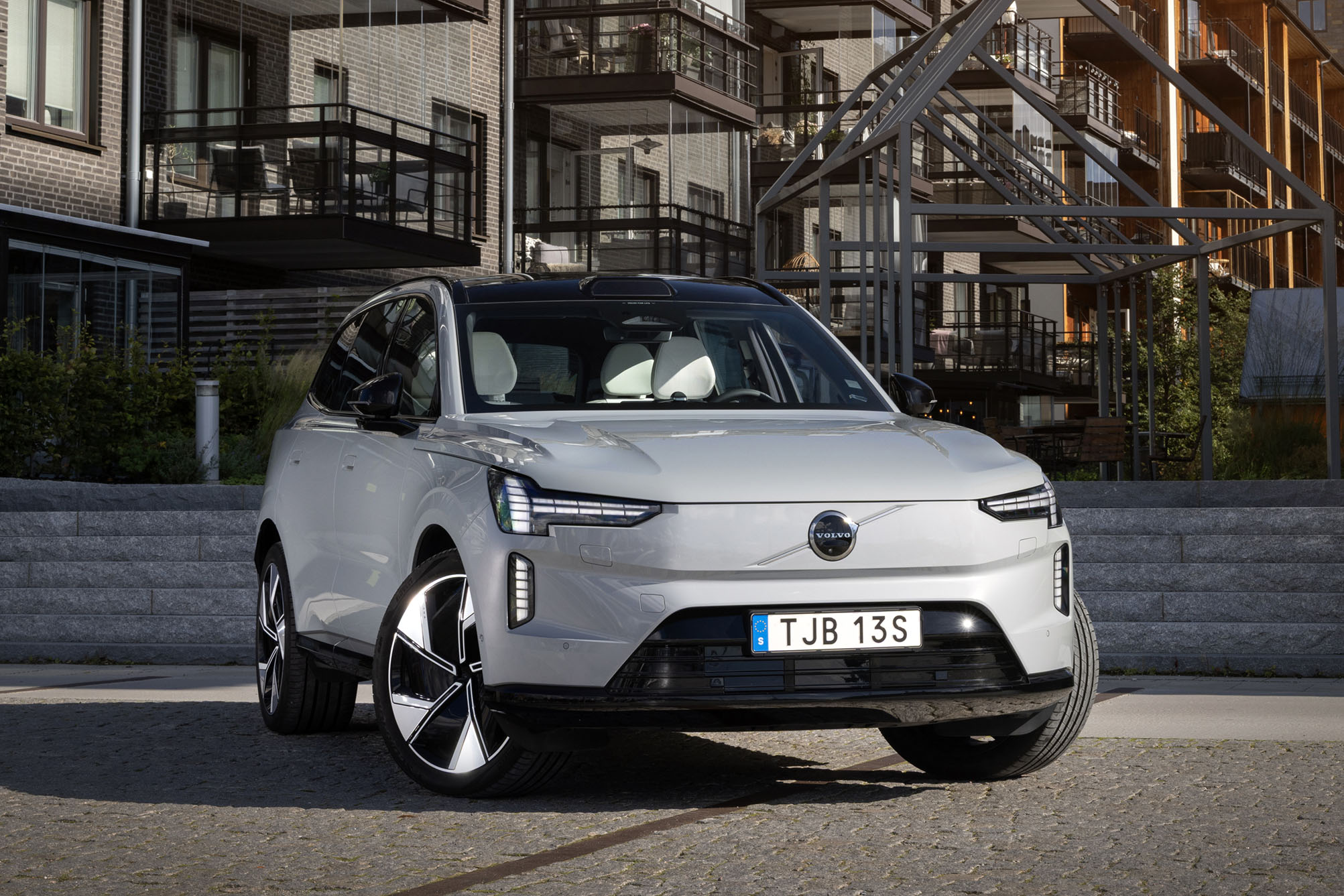
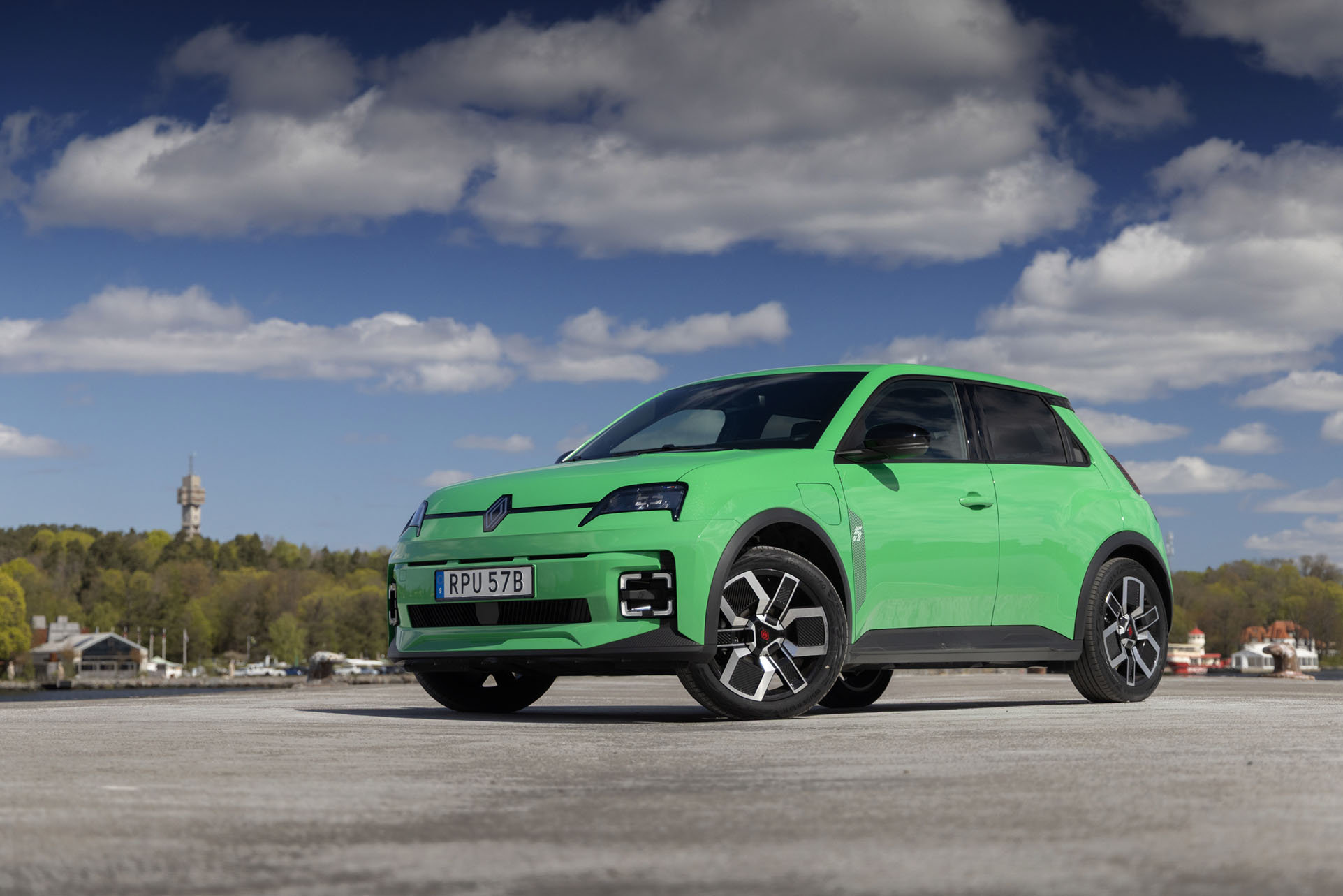
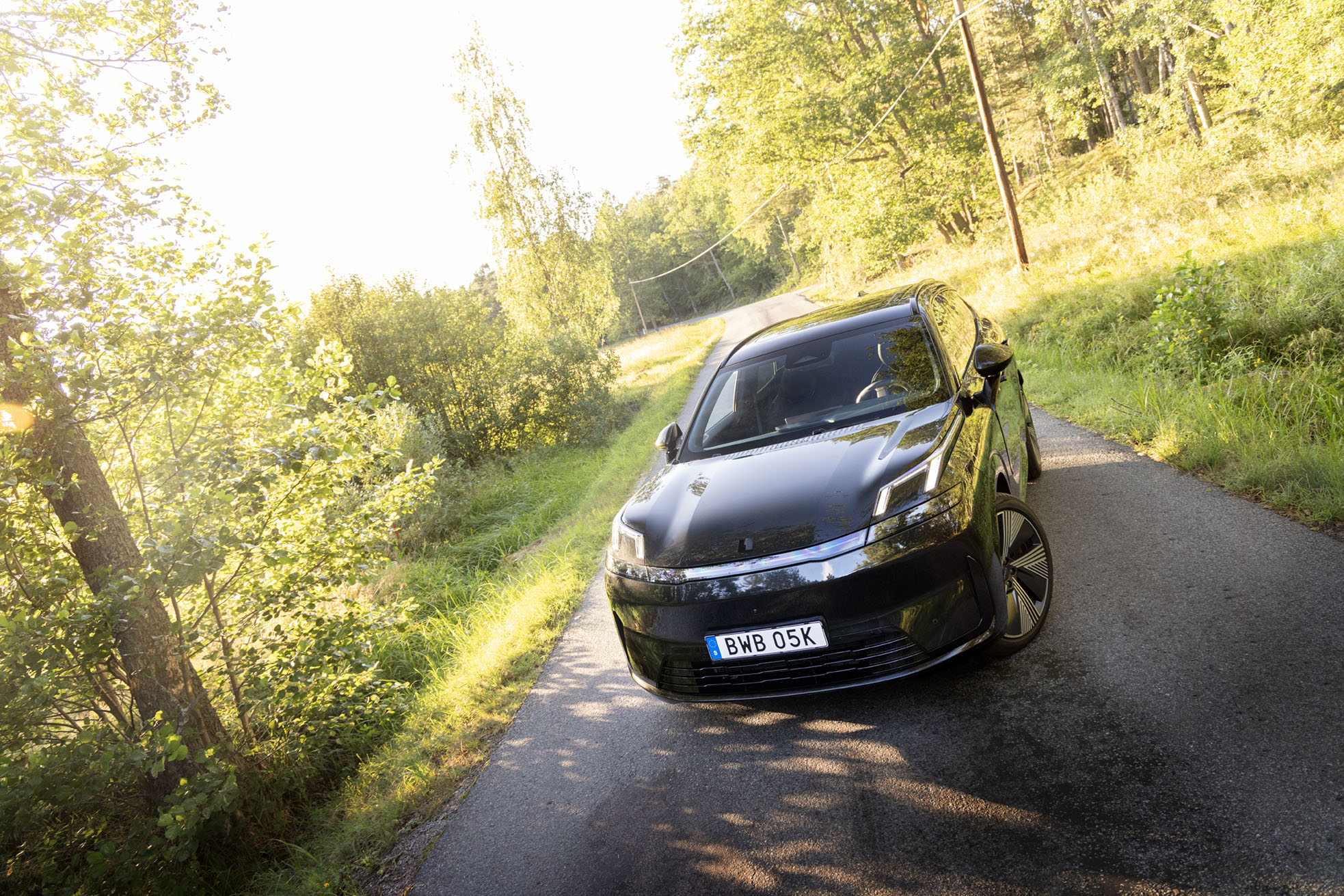
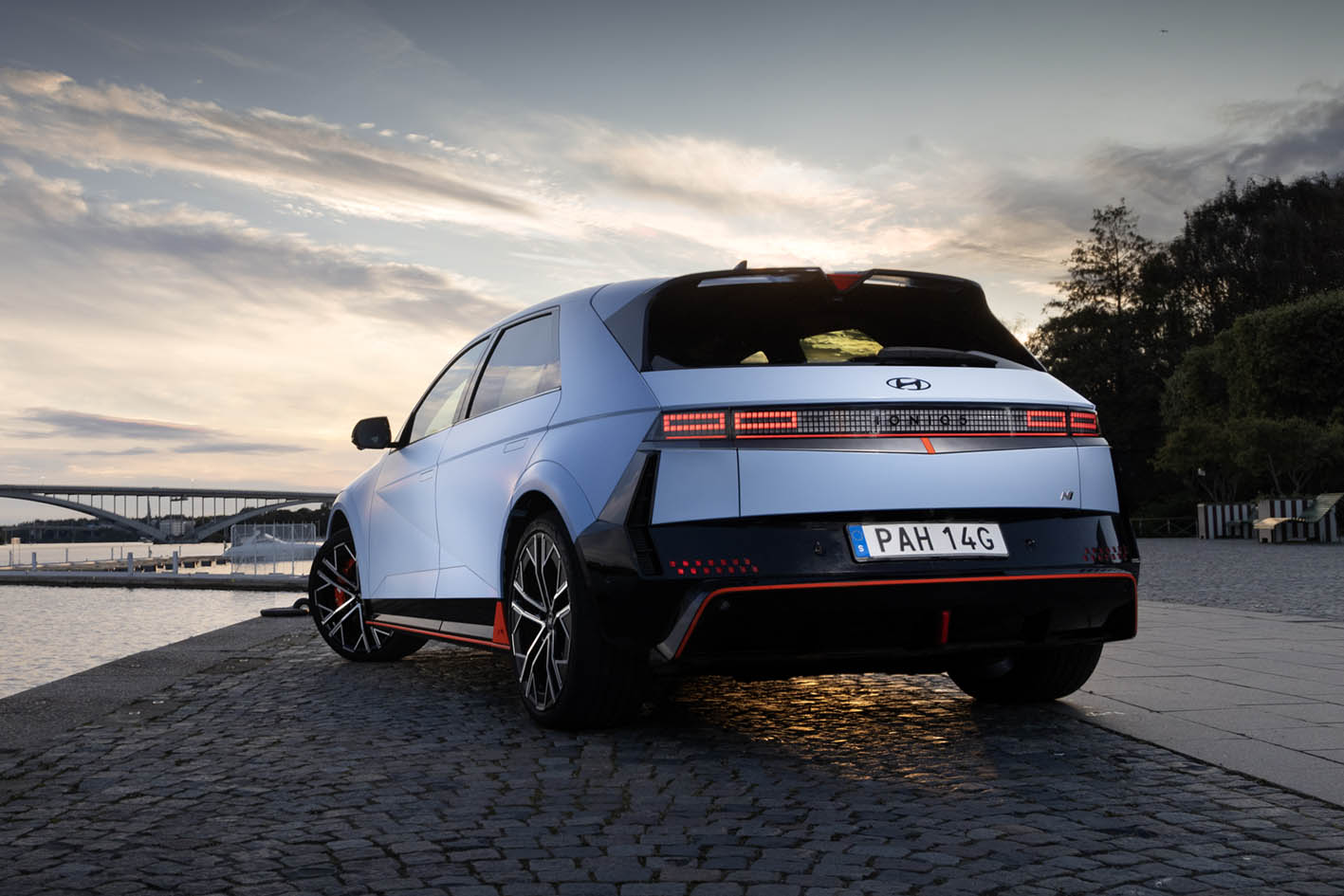
Leave a Reply